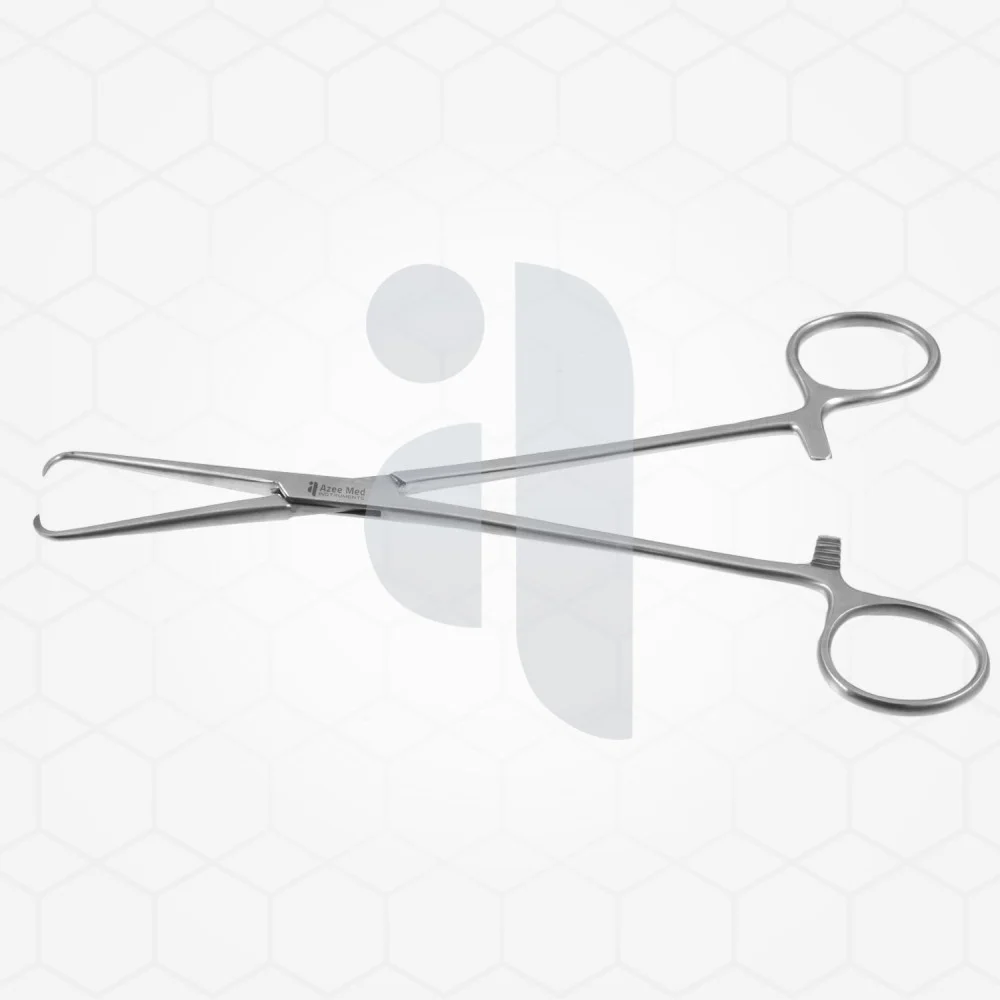Forceps are one of the most versatile and widely used surgical instruments. These gripping tools are designed to manipulate, hold, or extract tissues, needles, and other objects with precision. Available in various shapes, sizes, and configurations, instrument forceps are used across many fields of medicine, including general surgery, dental procedures, and microsurgery. Their role in ensuring precise control during delicate surgeries makes them indispensable in modern healthcare.

Types of Forceps and Their Uses
There are many types of forceps, each designed for specific tasks. Some of the most common include tissue forceps, needle holders, and locking forceps. Tissue forceps are used for holding and manipulating soft tissues during surgery. These forceps often feature delicate, fine tips with serrated edges to ensure a secure grip without damaging the tissue. In contrast, needle holders are designed to grasp surgical needles during suturing, providing greater control over needle placement.
Locking forceps, as the name suggests, feature a locking mechanism that holds the jaws in place once they grip an object. This type of forcep is commonly used to clamp blood vessels or tissues during surgery, allowing the surgeon to maintain a steady grip without requiring constant manual pressure. Other forceps include those designed for specific uses, such as hemostatic forceps for controlling bleeding, and surgical forceps for handling delicate organs or structures.
Common Surgical Forceps
One of the most recognizable types of forceps is the Adson forceps, which are commonly used in both general and plastic surgeries. These forceps are known for their precision tips and are ideal for handling fine tissues and delicate surgical areas. Similarly, Allis forceps are designed with serrated jaws that offer a strong grip, making them suitable for holding tissues during dissection or organ removal. For delicate operations, Debakey forceps are commonly used to handle blood vessels and other soft tissues with minimal trauma.
In dental surgeries, dental forceps are essential for tooth extractions. These forceps are specifically shaped to fit around different types of teeth, such as molars or incisors, and help safely remove them from the socket. Their ergonomic design ensures that they can exert the necessary force without damaging the surrounding bone or gum tissue.
Materials and Design of Forceps
The design and material quality of forceps significantly influence their performance and durability. Most surgical forceps are made from high-grade stainless steel, known for its strength, resistance to corrosion, and ability to withstand repeated sterilization. Some forceps are coated with additional materials, such as titanium or chromium, to enhance their durability and resistance to wear and tear. The tips of forceps may also have a range of finishes, from smooth for delicate procedures to serrated or toothed for a firmer grip.
Additionally, forceps are designed with ergonomic handles to ensure a comfortable and controlled grip during long surgeries. The handles may be curved or straight, depending on the type of procedure and the surgeon’s preference. Forceps can also come with various mechanisms, such as ratchets or locking systems, to secure their position once the desired grip is achieved.
The Importance of Precision in Forceps
Precision is crucial when using forceps, as the wrong type or improper handling can lead to complications such as tissue damage, bleeding, or loss of control during delicate surgeries. Surgeons must select the correct type of forceps based on the procedure and the tissue being handled. Using forceps with the right grip and tip ensures that the operation proceeds smoothly, minimizing the risk of injury to surrounding tissues or organs. For instance, using Adson forceps for delicate vascular tissue or allis forceps for holding tissues during dissection is essential for maintaining the desired outcomes.
Care and Maintenance of Forceps
Proper care and maintenance of forceps are vital for ensuring their longevity and reliable performance. After each use, forceps should be carefully cleaned, sterilized, and stored properly. This prevents contamination, rust, and degradation, which could compromise their effectiveness in surgery. Regular inspection for signs of wear, such as loose joints or dull tips, is also important to ensure the tools remain functional and safe to use. Additionally, sharp forceps should be re-sharpened periodically to maintain their precision and ensure they can securely grip tissues.
Conclusion
Forceps are fundamental surgical tools that provide the precision and control required in a wide variety of medical procedures. Their diverse range of designs and uses makes them indispensable in surgeries across many specialties, from general surgery to dentistry. By choosing the appropriate type of forceps and maintaining them properly, healthcare professionals can perform delicate tasks with increased accuracy and efficiency. As technology advances, so too will the design and functionality of forceps, further improving surgical outcomes and patient care.